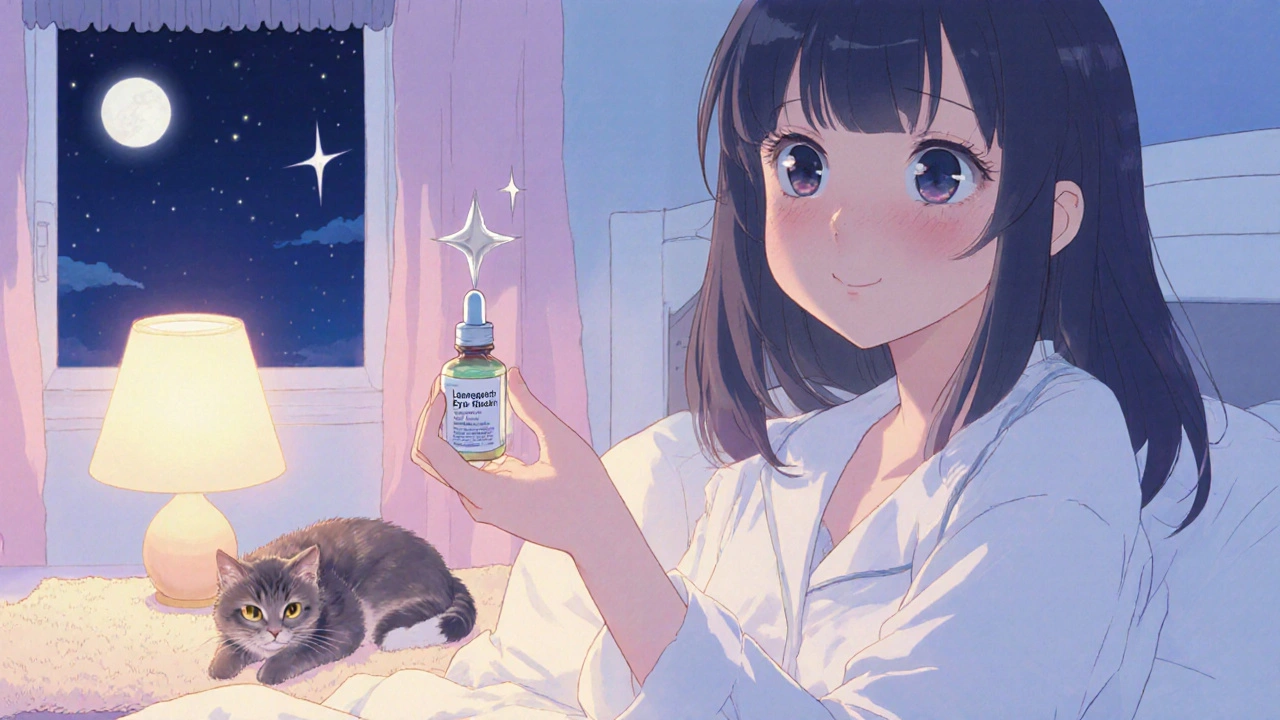Intraocular Pressure: What It Is, Why It Matters, and How It Affects Your Eyes
When we talk about intraocular pressure, the force inside your eye created by fluid buildup. Also known as eye pressure, it’s not something you feel—but it can quietly damage your vision if it stays too high. Think of your eye like a balloon: it needs the right amount of pressure to keep its shape and function. Too little, and it collapses. Too much, and it starts to crush the delicate nerves that send visual signals to your brain.
This is where glaucoma, a group of eye diseases that damage the optic nerve comes in. High intraocular pressure is the biggest risk factor, but not everyone with high pressure gets glaucoma—and some people with normal pressure still develop it. That’s why regular eye checks matter more than waiting for symptoms. Ocular hypertension, the term for elevated eye pressure without nerve damage is your body’s warning sign, not a diagnosis. Left unchecked, it can become glaucoma, and once vision is lost, it’s gone for good.
What’s behind the numbers? Fluid called aqueous humor is made in your eye and drains out through a mesh-like channel. If that drain gets clogged—due to age, genetics, injury, or even long-term steroid use—the pressure builds. Some people are just born with narrower drainage angles. Others develop it after an eye infection or surgery. It doesn’t care if you’re 25 or 75. It doesn’t care if you wear glasses or not. It just waits.
You won’t feel it. No pain. No redness. No blurry vision—at least not until it’s advanced. That’s why eye doctors check pressure during routine exams, even if you think your eyes are fine. And if your pressure is high? It doesn’t mean you’re doomed. It means you’re aware. And awareness is the first step to protecting what you see every day.
What you’ll find here aren’t just medical definitions. These are real, practical guides from people who’ve been there—whether it’s understanding how a medication affects pressure, spotting early signs, comparing treatments, or learning what lifestyle choices actually help. No fluff. No fear-mongering. Just clear, honest info that connects the dots between pressure, nerve damage, and what you can do next.

